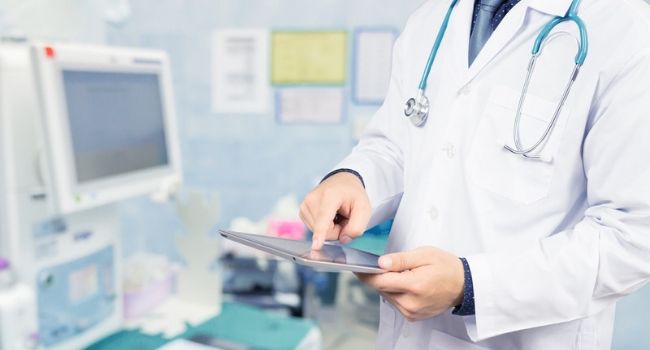
Healthcare Industry at Highest Risk of Cybersecurity Breaches, Study Finds
While healthcare organizations are confidently moving sensitive patient data to the cloud, less than half are encrypting that information.
- By Haley Samsel
- Jul 22, 2019
The healthcare industry is at the highest risk for data and cybersecurity breaches out of any economic sector in the country, according to a new study.
The report by Thales, a French security company, and IDC, an analysis firm, found that 70 percent of 100 total healthcare organizations have experienced a data breach. A third of the organizations surveyed reported a breach in the last year alone.
Adding to the cybersecurity risks is the fact that 80 percent of institutions reported storing data on the cloud, but only 38 percent of them encrypt data on their cloud platforms.
"Data security is increasingly complex, particularly for healthcare organizations immersed in cloud and digital transformation initiatives,” Tina Stewart, vice president market strategy for cloud protection and licensing activity at Thales, said in a statement. “The focus should be to encrypt everything in the cloud and keep control of the data by centrally managing the keys to the encrypted data."
According to Thales and IDC, healthcare organizations face a “broad and ever-expanding threat surface” due to the huge amount of information they collect on patients, insurance companies and more. The firms also found that IT security spending in the industry is down, making it harder for organizations to beef up their cybersecurity operations and prevent breaches.
"Healthcare data is especially attractive to hackers because it's far more valuable than other kinds of data that can be accessed and exploited,” Frank Dickson, the program vice president for security products research at IDC, said in a statement.
He added that it is harder to mitigate the damage done to patients when healthcare data is stolen.
“A credit card can be cancelled or a bank account can be closed, but private patient data circulates endlessly which opens opportunities for various types of fraud to occur again and again from a single breach,” Dickson said.
The firms recommended that organizations dedicate more resources to cloud-based security solutions, adopt new data security strategies including encryption, and prioritize compliance with data security regulations.
The findings match up with other recent studies, according to industry news website HealthcareDive. A June study by Integris Software found that while a majority of healthcare companies in the U.S. felt confident in their ability to manage sensitive data, about half updated their inventory of that data once a year or less.
About the Author
Haley Samsel is an Associate Content Editor for the Infrastructure Solutions Group at 1105 Media.